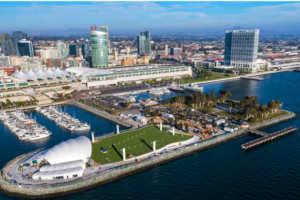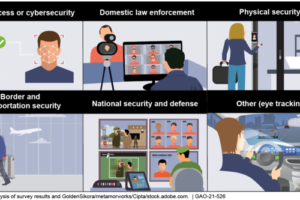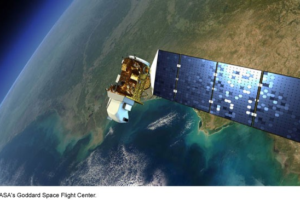Maritime Infrastructure: Public Ports Engage in an Extensive Range of Activities beyond Freight Movement

Coastal, Great Lakes, and inland ports are critical to the U.S. economy. Aside from moving freight, ports across the U.S. have a variety of non-freight activities—like cruise ship and ferry terminals, commercial fishing, recreation, and commercial and residential development. Ports engage in non-freight activities to diversify business, find new uses for underused facilities, and contribute to community development.
Federal grant programs we reviewed provided some support to ports for these activities, with the Department of Transportation providing most funding for freight and non-freight projects.
Public ports across the U.S. pursue an extensive range of activities unrelated to freight movement. Examples of such non-freight activities include cruise ship and ferry terminals, commercial fishing, recreation, and commercial and residential development. In a GAO survey of ports, 67 of the 80 respondents reported being involved in non-freight activities in the last 10 years, with most respondents having a mix of freight and non-freight activities. Port officials said they pursue non-freight activities to diversify lines of business, find new uses for underused facilities, and address unmet community development needs, among other reasons. Non-freight activities can also have economic impacts including creating jobs, according to port stakeholders and economic impact studies. For example, one study estimated that commercial fishing activity at the Port of Seattle accounted for 11,300 jobs and generated $1.4 billion in total business output in 2017. Ports most commonly reported funding their non-freight activities with port revenues (55 survey respondents) or state funds (53 survey respondents).
Federal grant programs GAO reviewed have provided some funding to ports for non-freight projects but have largely focused on freight. According to GAO's analysis of federal grant award data for fiscal years 2010 through 2020, agencies provided at least $141 million to ports for non-freight projects during this time, or about 8 percent of the almost $1.9 billion in total funding these programs awarded to ports, in fiscal year 2020 dollars. The U.S. Department of Transportation (DOT) provided the majority of funding to ports for both freight and non-freight projects. DOT-funded non-freight projects include ferry-, cruise-, and fishing-related projects, among others. Stakeholders reported that ports, especially small ports, face challenges with federal grant programs. For example, stakeholders and federal officials said that many grant programs GAO reviewed are consistently oversubscribed and that smaller ports may lack the resources to develop a competitive application. Stakeholders GAO spoke with differed on the need for additional federal funding for non-freight activities.
The nation's coastal, Great Lakes, and inland ports have long been recognized as critical to the national and local economies. Ports can contribute not only by moving freight but also, for example, through activities related to tourism, transportation, or real estate. Nationwide port studies have typically focused on the impact of freight, and less attention has been paid to these non-freight activities.
House Report 116-452 included a provision for GAO to examine ports' non-freight activities. This GAO report describes (1) what is known about the nature of and funding for non-freight activities at public ports, and (2) the extent to which federal discretionary grant programs have provided funds to public ports for non-freight and freight projects, and stakeholders' views on this federal assistance.
To address the two objectives above, GAO conducted a non-generalizable survey of 80 ports and interviewed officials at 15 ports and 14 port industry stakeholders. GAO selected ports for variety based on their level of non-freight activity, freight traffic, and location, and whether they have applied for DOT funding. GAO also interviewed officials within DOT; the Departments of Commerce (Commerce), Defense, and Homeland Security; and the Environmental Protection Agency (EPA).



